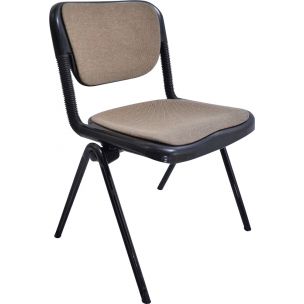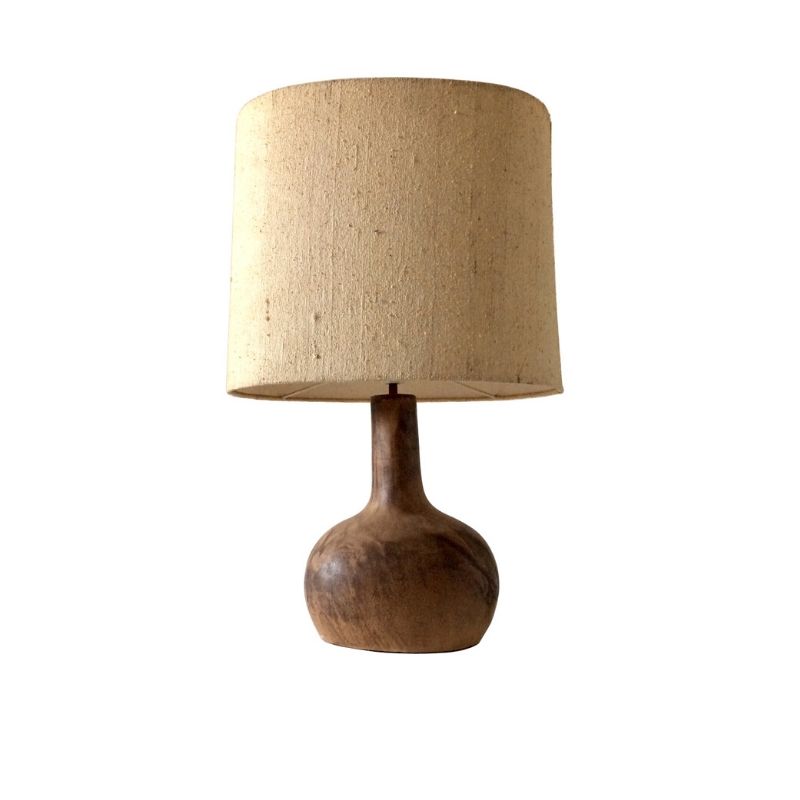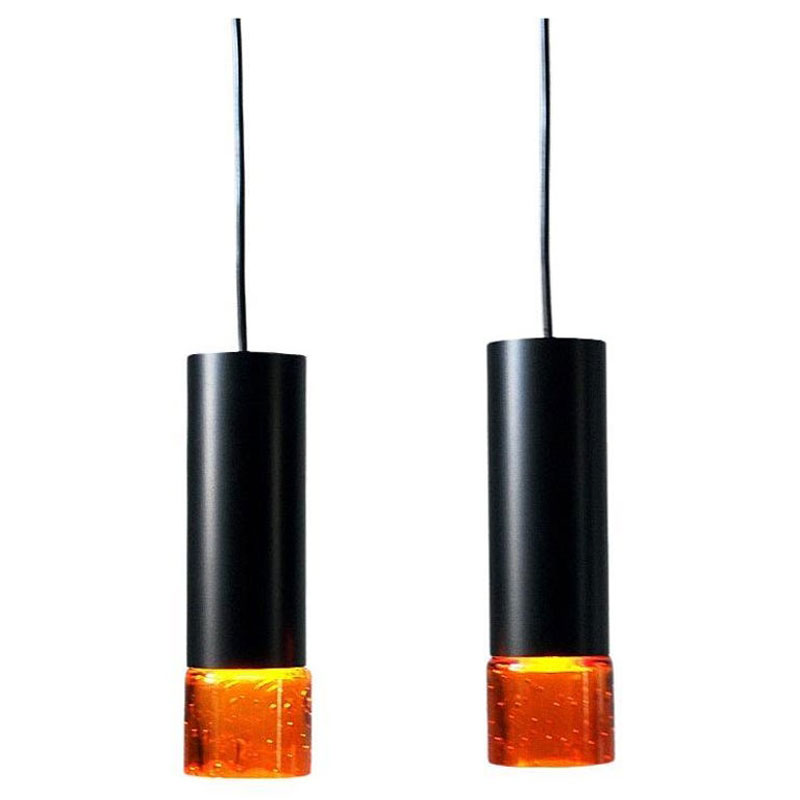well well and
lastly well
the mayo nogo. The DRY iron? Much better. Really quite remarkable. Some sites said use water, but that made me nervous, so just a clean cotton thingy and an iron set to high. Found the right amount of time to be just about 1 minute. KEEP IT MOVING. Pretty cool, or hot, or whatever.
Enough people advocate...
Enough people advocate mayonnaise that I assume it must work in certain instances, or with certain types of finishes or woods, but it did nothing at all with the white marks on the teak tables I have tried it on. The iron removed all of them though. I have no idea if the repaired areas are susceptible to having the spots come back again, if exposed to moisture or humidity. They have not come back on my table thus far.
I found interesting
that, even though I think the finish on the table is original (it does not look like it has EVER been worked on) when hot it smelled quite a bit like Polyurethane.
Anyway, for this piece it was significantly better than Mayo. And I had such hope for Mayo! I did buy some artichokes today so the boy can use the Mayo for dipping purposes.
An iron and
a wetted pad is for removal of dents. Very effective on maple . . . though it's most effective on unfinished wood.
Although the instructions for the Liberon product stipulate "vigorous rubbing," and the burnishing cream mentioned earlier also implies (by its name) that the corrective action has something to do with friction or abrasion, it may be that, in both cases, the actual action is accomplished not mechanically but chemically -- which would also be the case with a poultice of mayonnaise ?
I have always assumed that the whitening was something penetrating the finish, rather than a topical defect. Perhaps that's not the case . . . ?
The cigar ash trick used to be tossed out as gospel, too.
I remember trying it on a desk I had placed near an old radiator with a faulty valve that sprayed steam at it when I was away. I assumed it was meant as a mild abrasive, but it did little, if anything, to restore the finish. I was lucky that it was shellac and easily reconstituted with a 1 lb. cut wash coat of same.
Evaporative films like shellac or lacquer are relatively easy. Finishes that "dry" by process of conversion such as many varnishes with synthetic resins like polyurethane are more tricky. Especially since formulas are often proprietary and there's simply no way to know exactly what's in these modern products. Most "Danish Oil" finishes today contain some of these resins, BTW, making them more accurately "wiping varnishes".
I don't know enough about organic chemistry or the science of modern furniture conservation to be able to recommend an appropriate approach to every problem. I have worked with enough conservators over the years to have a fairly good idea of what shouldn't be done, however. Though not one has ever told me directly never to smear food products on valuable furniture, I've certainly never heard of such a thing being done in a professional conservation lab. At least not intentionally.
Without experts to consult, we're stuck with the lore and alchemy of home-spun remedies and concoctions from the hardware stores. To put things in perspective, most of us are not dealing with museum pieces. If the proof is in the pudding, all the better. And if we really muck things up, there are always pros out there counting on us to keep them in business.
If you need any help, please contact us at – info@designaddict.com









